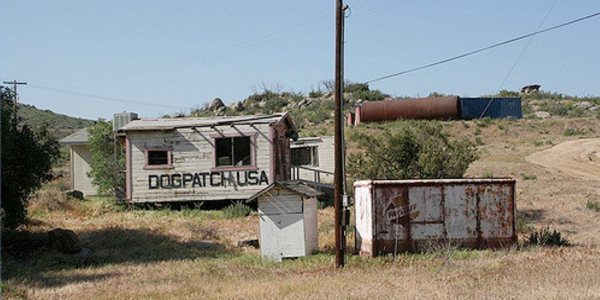
At a recent BBRAC meeting in Little Rock, several agencies reported some action. The Health Department reported on a small survey of septic systems in Newton County, and the Geology Department has stunning new relief maps of the watershed. But the most important meeting announcements were by Mark Faust, the new Superintendent of the Buffalo National River, and Billy Justus of the Little Rock office of the United States Geological Survey (USGS).
Faust announced a “Buffalo River Science Symposium” scheduled for April 23-24 at the Durand Center in Harrison. The idea is to present as much science pertaining to the Buffalo River watershed as possible. This could be an opportunity to exchange ideas with researchers and regulators like the Arkansas Department of Environmental Quality and the Big Creek Research Extension Team and the many citizen advocacy groups like the Buffalo River Watershed Alliance, Ozark Society, etc.
Justus made a presentation about microbial source testing on Mill Creek, which is notorious for years of pollution from non-functioning sewage treatment at Dog Patch, and also from cattle farms in the Crooked Creek drainage, which none-the-less contributes to Mill Creek because of karst. They are differentiating between poultry, humans and cattle, but not hogs yet. On the positive side, this might indicate where to spend resources if BBRAC were to get some money. On the negative side, this might be used to excuse farm interests if on this most polluted tributary, there is shown high human input. The bigger picture is this: If they get their techniquesdown, they intend to do similar studies on the main stem and try to correlate E. coli with various sources, particularly springs, tributaries and human peeing on gravel bars. They hope to do similar modeling for nutrients.
On several long sampling trips of the main stem of the Buffalo, the USGS team found that the algae problem on the river this year was most severe in the middle river downstream from Woolum, suggesting that phosphorus and nitrate pollution on the river was more widespread than just C&H hog farm on Big Creek. A main culprit was elevated nitrate levels in ground water found in springs and other sources. But algae problems are difficult to predict, so several more years of study are merited.

